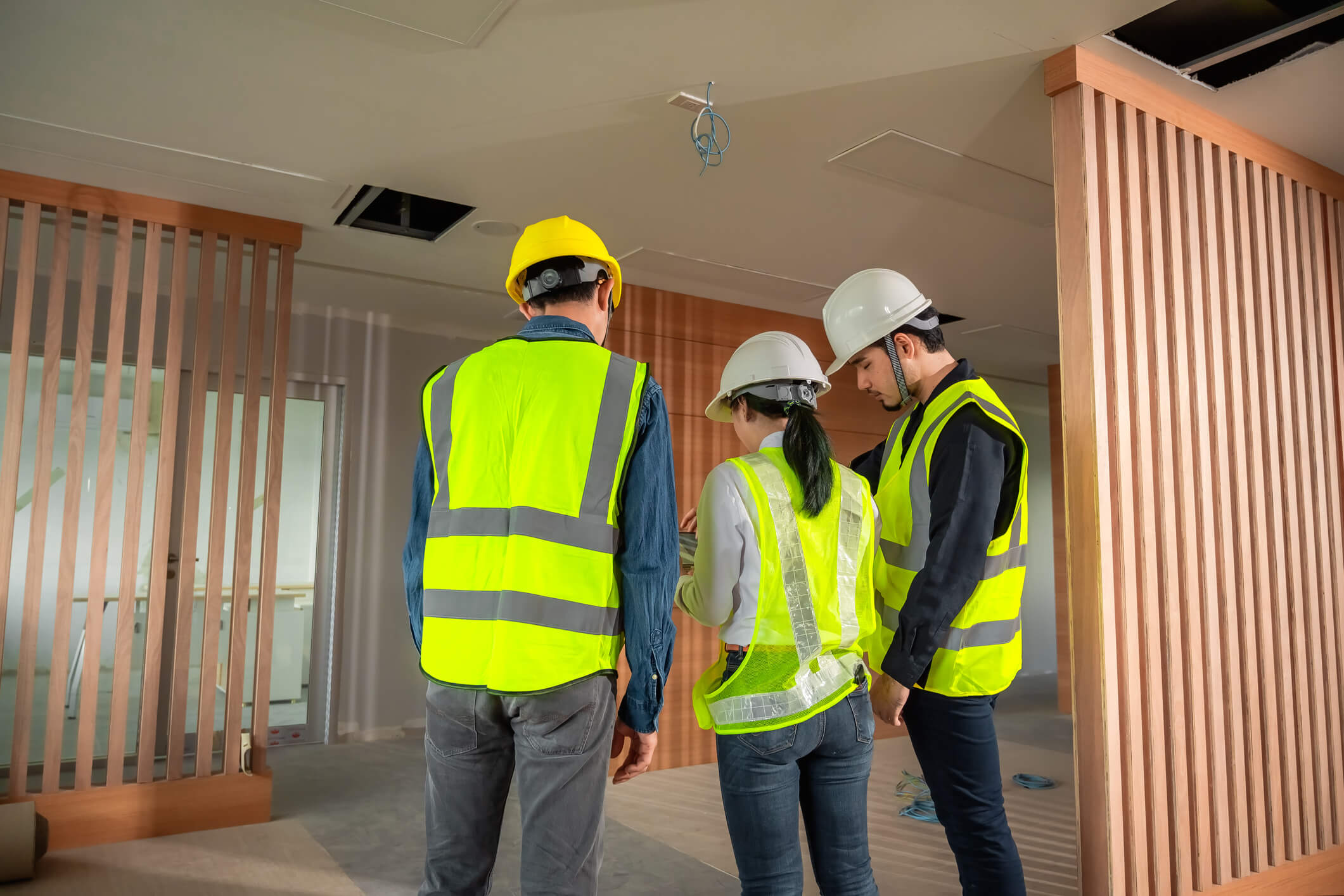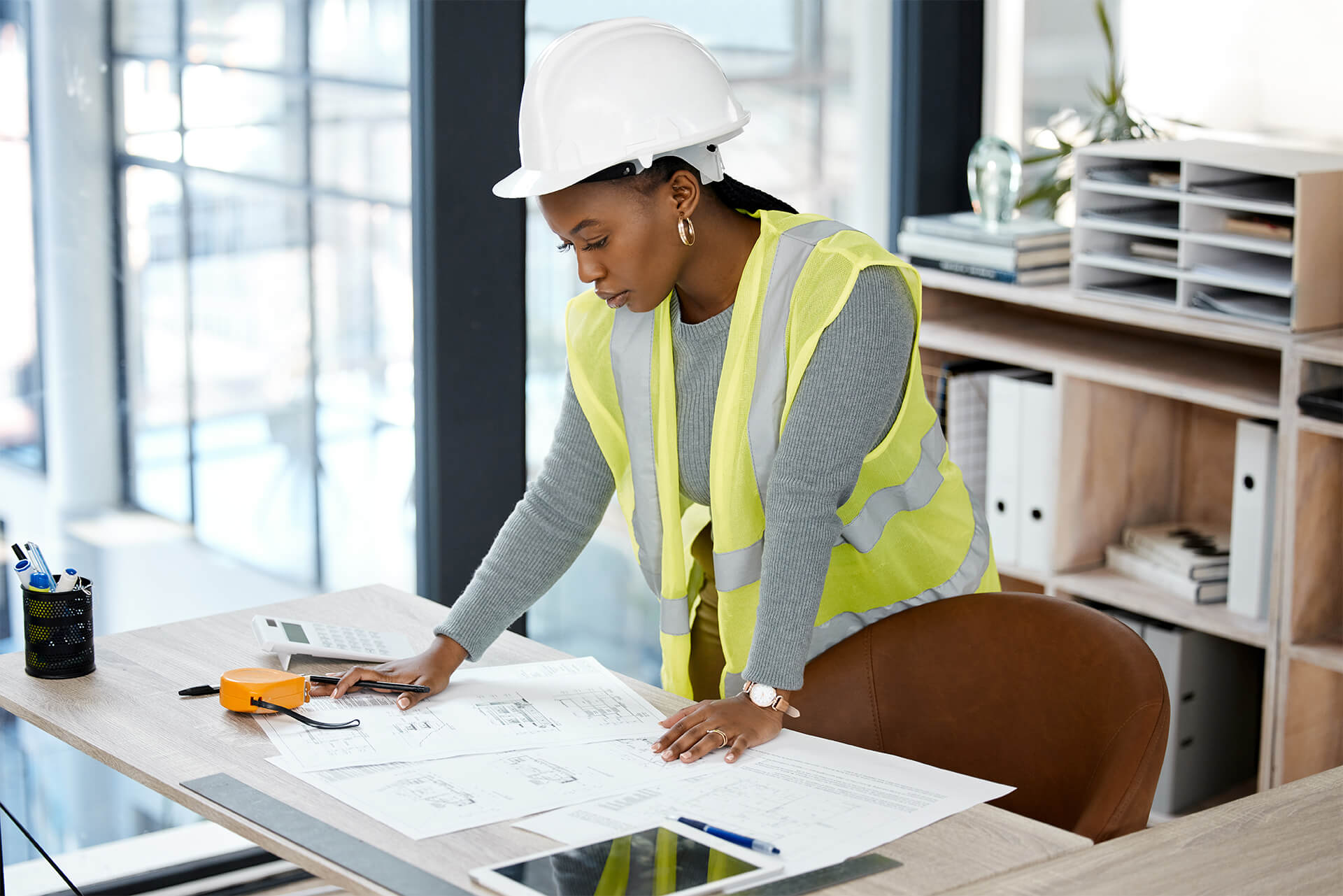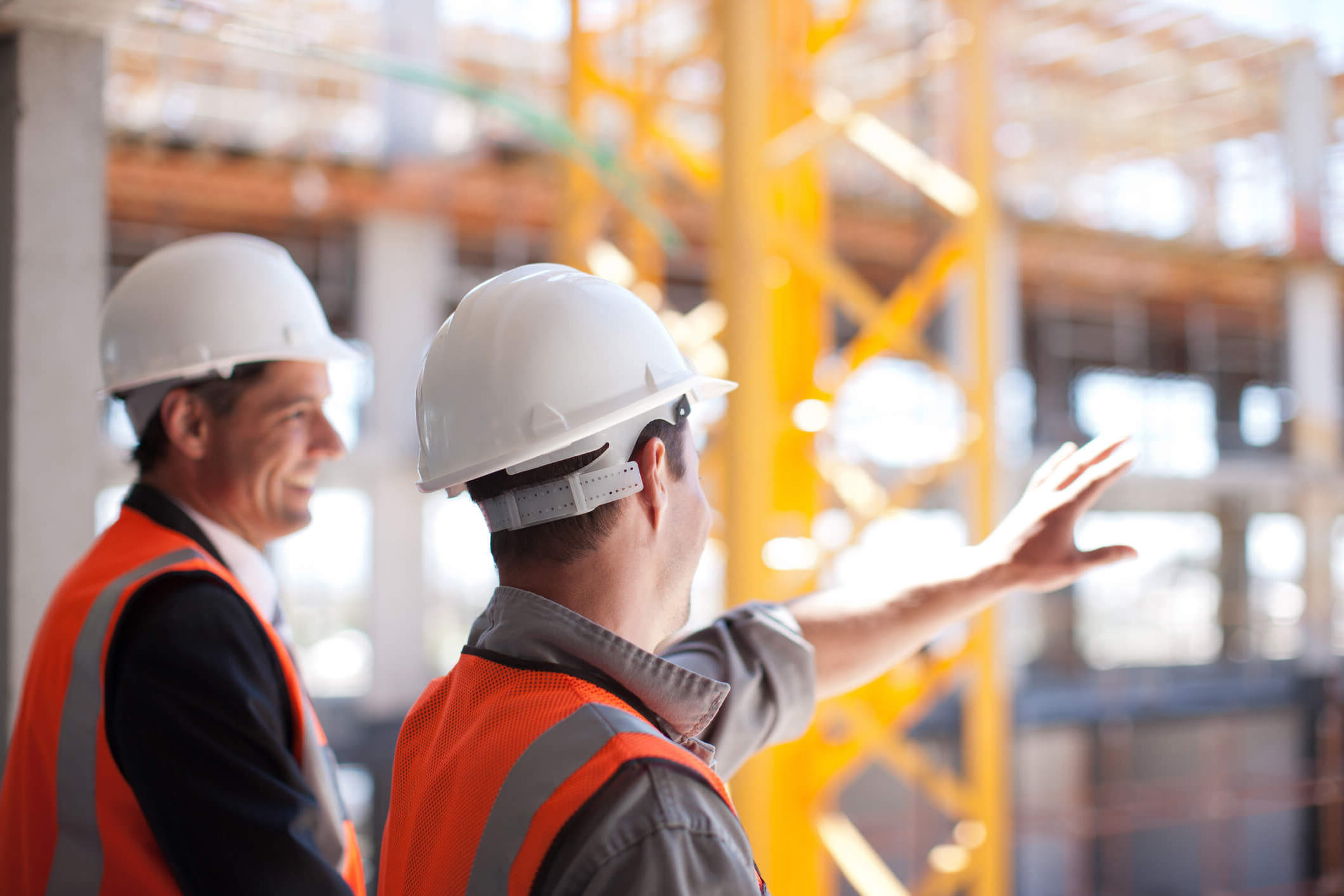Notable Phase IIs and SCRs
- The Wharf, Washington, DC
- Village of New Lenox, New Lenox, IL
- MGM National Harbor, Oxon, MD
- Navy Yard, 1333 M Street SE, Washington, DC
Phase II Environmental Site Assessments (ESAs) are subsurface investigations typically performed during property transfers to assess specific Recognized Environmental Conditions (RECs) identified in the Phase I ESA for the property. Phase II ESAs often include sampling of soil, groundwater and/or soil vapor. The scope of a Phase II ESA may vary depending on the specific needs of the prospective buyer and generally is highly focused on answering vital questions related to purchase price, financing or long-term liabilities.
Site characterization is typically a more comprehensive evaluation of soil, groundwater, and/or soil vapor samples carried out any time a better understanding of the subsurface conditions is needed. For example, groundwater characterization is often required before a NPDES discharge permit will be issued and includes installation of numerous shallow and deep monitoring wells to assess contaminant concentrations and extent, depth to water, groundwater flow velocity and direction and/or determine soil remediation or disposal needs.
Phase II Environmental Site Assessments (ESAs) are subsurface investigations typically performed during property transfers to assess specific Recognized Environmental Conditions (RECs) identified in the Phase I ESA for the property. Phase II ESAs often include sampling of soil, groundwater and/or soil vapor. The scope of a Phase II ESA may vary depending on the specific needs of the prospective buyer and generally is highly focused on answering vital questions related to purchase price, financing or long-term liabilities.
Site characterization is typically a more comprehensive evaluation of soil, groundwater, and/or soil vapor samples carried out any time a better understanding of the subsurface conditions is needed. For example, groundwater characterization is often required before a NPDES discharge permit will be issued and includes installation of numerous shallow and deep monitoring wells to assess contaminant concentrations and extent, depth to water, groundwater flow velocity and direction and/or determine soil remediation or disposal needs.
The Phase II ESA process includes the following steps.
Perform an assessment of site-specific data to prepare new scopes of work for each Phase II phase. This step can involve areas such as laboratory testing parameters and local regulations and standards. Use this information to establish the appropriate scope of the evaluation.
Phase II fieldwork typically requires the acquisition of environmental drilling permits and meeting other guidelines to comply with local regulations and other environmental laws.
Phase II fieldwork projects require careful planning and management. Primary preparation tasks include:
A senior-level, state-licensed geologist must observe this work.
Upon completion of the fieldwork, geologists systematically review the project data. The process starts by presenting the laboratory results and the scope of the work. This methodology guides the geologists when arriving at conclusions and making recommendations.
The geologists conducting the assessment should prepare a final report that includes information that summarizes the scope and reports the methodologies, findings and conclusions. The recommendations should comply with ASTM and EPA guidelines.
The final Phase II site assessment report must contain a brief description of the site and its geological background. The report should demonstrate each course of action as it relates to the overall objectives, findings and methods. The report also indicates the conclusions and recommendations for the site and includes endorsement by a professional geologist.
The Phase II ESA process includes the following steps.
Perform an assessment of site-specific data to prepare new scopes of work for each Phase II phase. This step can involve areas such as laboratory testing parameters and local regulations and standards. Use this information to establish the appropriate scope of the evaluation.
Phase II fieldwork typically requires the acquisition of environmental drilling permits and meeting other guidelines to comply with local regulations and other environmental laws.
Phase II fieldwork projects require careful planning and management. Primary preparation tasks include:
A senior-level, state-licensed geologist must observe this work.
Upon completion of the fieldwork, geologists systematically review the project data. The process starts by presenting the laboratory results and the scope of the work. This methodology guides the geologists when arriving at conclusions and making recommendations.
The geologists conducting the assessment should prepare a final report that includes information that summarizes the scope and reports the methodologies, findings and conclusions. The recommendations should comply with ASTM and EPA guidelines.
The final Phase II site assessment report must contain a brief description of the site and its geological background. The report should demonstrate each course of action as it relates to the overall objectives, findings and methods. The report also indicates the conclusions and recommendations for the site and includes endorsement by a professional geologist.

Phase II assessments are valuable for several reasons. First, the findings of the report help eliminate the uncertainty. While the samples taken during the fieldwork may not fully represent the larger population, the professional judgment of the licensed geologists can remove the doubt by identifying the likelihood of contamination at the testing site. Property sellers and buyers can move forward with confidence.
These assessments are also important for identifying the contaminants most likely to indicate environmental issues. Common materials discovered during the process include mold, fluorescent lamps, groundwater contaminants, PCB ballasts, asbestos and lead-based paint.
From a buyer’s perspective, Phase II site assessments help to determine liability by uncovering contaminants before executing the transaction. Purchasers can use this information to negotiate a more favorable price.
Phase II assessments are valuable for several reasons. First, the findings of the report help eliminate the uncertainty. While the samples taken during the fieldwork may not fully represent the larger population, the professional judgment of the licensed geologists can remove the doubt by identifying the likelihood of contamination at the testing site. Property sellers and buyers can move forward with confidence.
These assessments are also important for identifying the contaminants most likely to indicate environmental issues. Common materials discovered during the process include mold, fluorescent lamps, groundwater contaminants, PCB ballasts, asbestos and lead-based paint.
From a buyer’s perspective, Phase II site assessments help to determine liability by uncovering contaminants before executing the transaction. Purchasers can use this information to negotiate a more favorable price.



Phase II assessments are valuable for several reasons. First, the findings of the report help eliminate the uncertainty. While the samples taken during the fieldwork may not fully represent the larger population, the professional judgment of the licensed geologists can remove the doubt by identifying the likelihood of contamination at the testing site. Property sellers and buyers can move forward with confidence.
These assessments are also important for identifying the contaminants most likely to indicate environmental issues. Common materials discovered during the process include mold, fluorescent lamps, groundwater contaminants, PCB ballasts, asbestos and lead-based paint.
From a buyer’s perspective, Phase II site assessments help to determine liability by uncovering contaminants before executing the transaction. Purchasers can use this information to negotiate a more favorable price.
Phase II assessments are valuable for several reasons. First, the findings of the report help eliminate the uncertainty. While the samples taken during the fieldwork may not fully represent the larger population, the professional judgment of the licensed geologists can remove the doubt by identifying the likelihood of contamination at the testing site. Property sellers and buyers can move forward with confidence.
These assessments are also important for identifying the contaminants most likely to indicate environmental issues. Common materials discovered during the process include mold, fluorescent lamps, groundwater contaminants, PCB ballasts, asbestos and lead-based paint.
From a buyer’s perspective, Phase II site assessments help to determine liability by uncovering contaminants before executing the transaction. Purchasers can use this information to negotiate a more favorable price.
